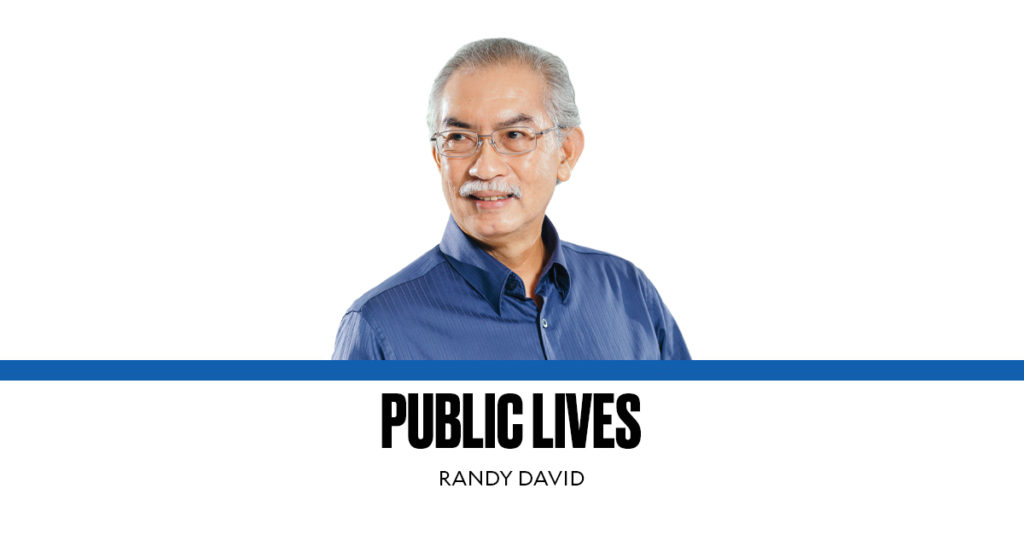
President Duterte said so himself: In the absence of a vaccine, it is futile to offer a roadmap to recovery from the massive damage wrought by COVID-19. In his State of the Nation Address last Monday, he went off-script to announce that he had made a plea to China’s leader Xi Jinping “that if they have the vaccine, can they allow us to be one of the first or if it is needed, if we have to buy it, that we will be granted credit so that we can normalize as fast as possible.”
Last Friday he sounded more confident. “By December, we will be back to normal. By December, tapos ito lahat. Ito ang guarantee ko, ang unang makakatanggap, ’yung sa mahirap, ’yung binibigyan ng assistance ng gobyerno. Ngayon pangalawa, ’yung middle income. Libre ito, hindi ko ito ipagbili.”
Mr. Duterte is perhaps among the few leaders in the world—and US President Donald Trump is the most vociferous of them—whose strategy for managing the current pandemic and its myriad consequences hinges entirely on the discovery of a vaccine. They sound almost as if their political survival rests on the rollout of this vaccine before the end of this year, not later.
This misplaced optimism on the game-changing promise of a COVID-19 vaccine underestimates the complexity of the process of developing a safe and effective vaccine. It feeds the people false hopes about a magical return to normalcy, instead of offering them assistance and guidance, and preparing them for what may well be not so much a protracted battle as a way of living with a still largely unknown pathogen.
University of Chicago epidemiologist and evolutionary biologist Sarah Cobey says that while the COVID-19 pandemic is “a distinct and very new situation,” there is much we can learn from the course taken by past pandemics. What happens is usually a function of two things: one, how the pathogen evolves; and two, how human beings respond to it in both biological and social terms.
Some viruses make their appearance in the human population packing so much novelty as to be able to escape the notice of the immune system. Such is SARS-CoV-2. Its unique features permit it to dock efficiently in human cells and to use these cells to multiply itself. Caught by surprise, the immune system may work double time to produce enough antibodies to ward off the invading virus. But, instead of killing the virus, the immune response itself may sometimes worsen the disease.
The societal response is not very different. The virus may already be spreading silently within communities before it is detected. Instead of stopping the virus, indiscriminate lockdowns and stay-at-home orders may ironically offer the virus the perfect conditions in which to multiply.
Poor management and lack of coordination, compounded by the uneven and inconsistent enforcement of harsh containment measures, may breed public distrust in the wisdom of government-led responses. As a result, people may feel compelled to breach draconian restrictions and face the risk of getting infected, rather than die from hunger.
As though human responses to pathogens and pandemics were not complicated enough, viruses add to the complexity by continually mutating in the course of their encounter with different environments. The best vaccines are those that can regularly be updated to take care of such mutations. The conferment of long-term immunity is rarely a virtue of vaccines, especially those that are developed in extreme haste. But, seeing how this pandemic is destroying human society everywhere, even a short-term vaccine that is proven safe and effective will be a great boon.
No one knows exactly where this vaccine will come from. Vaccine development is very expensive, usually taking years of painstaking R&D before a product is given a license. Numerous promising candidates fall by the wayside, far from the finish line. Those that persist could find at the end that the market is no longer there because the epidemic has been contained. The Spanish flu pandemic of 1918-1919 ended when natural infections conferred immunity on those who recovered, after infecting 500 million people and killing more than 50 million. The virus circulated as a seasonal virus for another 40 years, until another strain of the flu virus pushed it out.
Today, there are as many as 141 vaccine candidates for COVID-19 in the pipeline. According to the World Health Organization, 25 of these are in human trials, and six are in the final phase of human trials. President Duterte is placing his bets on the ones being developed by the Chinese firms Sinovac and Sinopharm. While they are among the top six in terms of how far advanced they are in their trials, nothing much is known of the specific technology behind their respective vaccine candidates.
There is more information on what’s going on in the laboratories of Pfizer/BioNTech and a small start-up called Moderna. Currently on phase 3 trial, Moderna’s vaccine is reportedly ready to be submitted for approval and licensing as soon as the results from the summer trials are in. If all goes well, final approval is expected between September and October this year. Mass production of the vaccine could take another couple of months. Governments that advanced money to fund these efforts will surely get the first batch of the vaccine for their own citizens.
Assuming that any of China’s three vaccine candidates makes it to the finish line by September or October, a December rollout in the Philippines, such as President Duterte expects, is unrealistic. Unless he was merely thinking of the country as a site for China’s vaccine trials.
—————–
public.lives@gmail.com